Facilities
Science Annex II
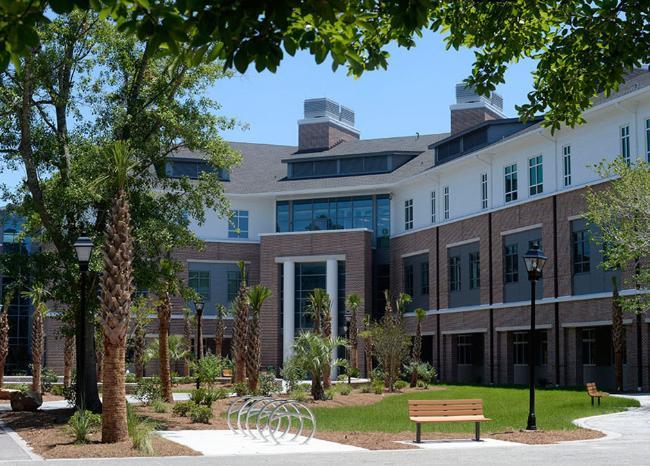
The third building in the College of Science complex – Science Annex II – opened in 2016 and houses the Department of Marine Science, as well as the departments of biology, chemistry, and the environmental sciences.
Burroughs & Chapin Center for Marine and Wetland Studies
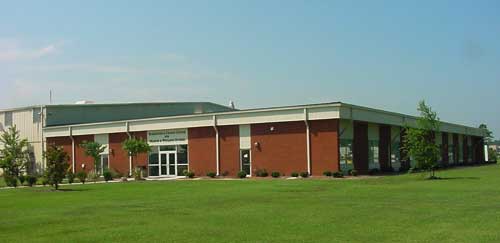
The Burroughs & Chapin Center for Marine and Wetland Studies building is located on Coastal Carolina University's East Campus. The building comprises 20,000 square feet of office and laboratory space in addition to a 35,000-square-foot warehouse/instrument shop.
 Georgetown Operations at Winyah Bay
Georgetown Operations at Winyah Bay
Located along the 1,500-foot Harborwalk in Georgetown, S.C., the facility comprises 1000 square feet of educational space and 100 feet of dock supporting research vessels.
Environmental Quality Laboratory (EQL)
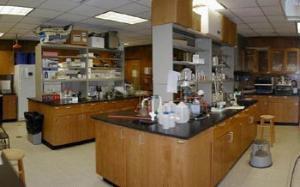
The Environmental Quality Lab (EQL) is an analytical chemistry and microbiology laboratory emphasizing environmental investigations. The laboratory's analysis activities currently include traditional wet chemical analysis techniques, classical and state-of-the-art instrumental analysis methods, and field measurements using portable analysis equipment. The lab also maintains continuous water quality sensors deployed at three fishing piers along the Grand Strand. The EQL is certified by SC DHEC for its lab and field work.
Groundwater Discharge Measurement Facility
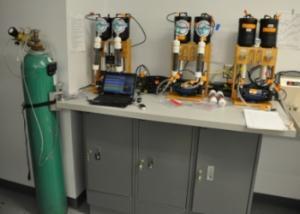
This facility houses a suite of instrumentation for detailed studies of groundwater discharge. The focus of this lab is to combine geochemical and geophysical methods for the most complete shallow groundwater characterization possible. Geochemical techniques provide a basis for discharge rate, pore fluid composition and age constraints, while geophysical techniques are geared more towards imaging of flow geometries, pore water distributions, and geological controls on groundwater systems.
Fluid Dynamics Laboratory
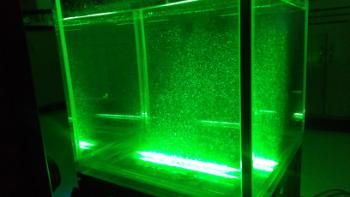
The fluid dynamics laboratory investigates flow phenomena associated with coastal ocean processes. The focus of the studies performed in the laboratory examine fundamental processes in the area of turbulence and mixing for applications such nutrient mixing, sediment transport, and bio-physical interactions. The lab contains instrumentation used to make non-intrusive flow measurements using techniques such as Particle Image Velocimetry (PIV) and Particle Tracking Velocimetry (PTV). The facility also contains a grid turbulence tank, which is used to generate homogenous turbulence.
Coastal Sediment Laboratory
This interdisciplinary facility maintains a suite of instrumentation for research and teaching related to the characterization of sediment grain size, shape, texture and composition. The centerpiece of the sediment analysis facility is a laser diffraction particle size analyzer, which provides high-resolution grain size distribution of small samples quickly and efficiently. This instrument is the workhorse of the lab, used in investigations of beach morphology, coastal sediment distribution and transport, benthic habitat characterization, sea level change, long-term coastal landscape evolution, and the effects of geologic framework and land-use on groundwater discharge along the coastal zone.
Cyberinfrastructure and High Performance Computing
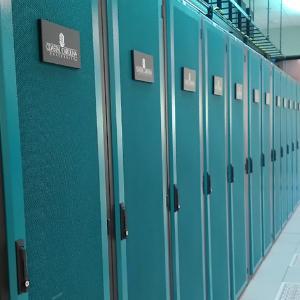
Cyberinfrastructure and High Performance Computing Services (CCU CI) is an environment consisting of several computing systems, high performance computing clusters, data storage systems, virtualization systems, advanced scientific tools, and users interconnected with high performance networks to enhance research productivity and instructional efficiency. As essential parts of these systems, two high-performance computing clusters (with over 500 computing cores) are used to perform numerical simulations related to high-resolution weather forecasts, long-term climate changes, hypoxic events, coupled ocean-atmospheric circulations, and more.






